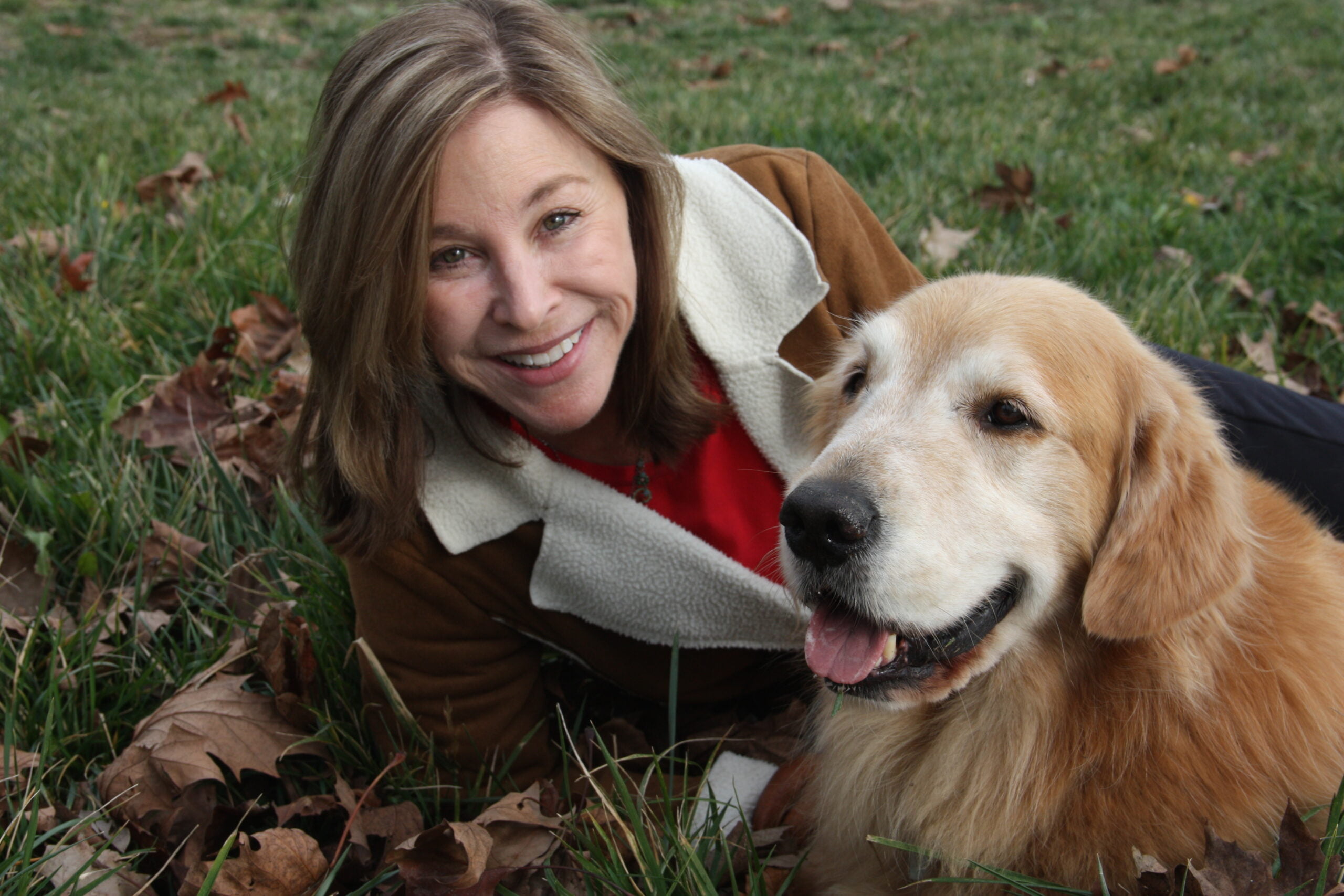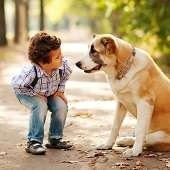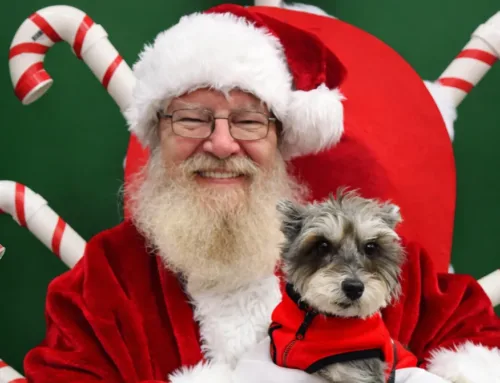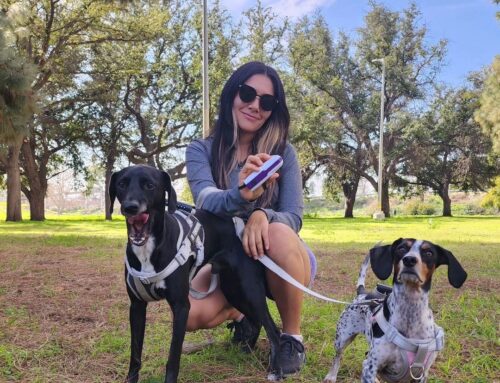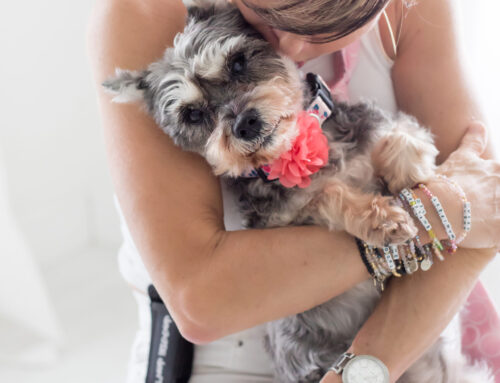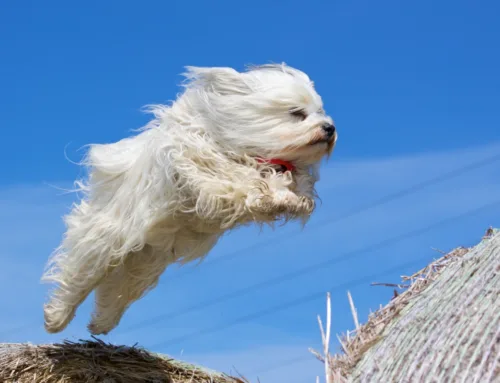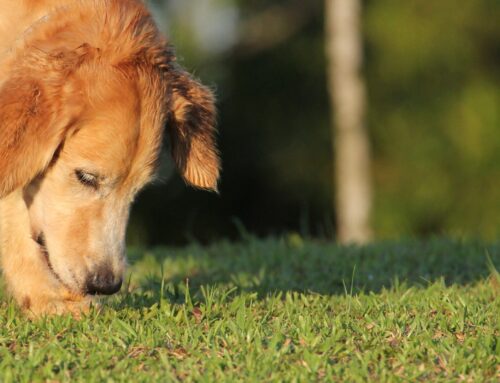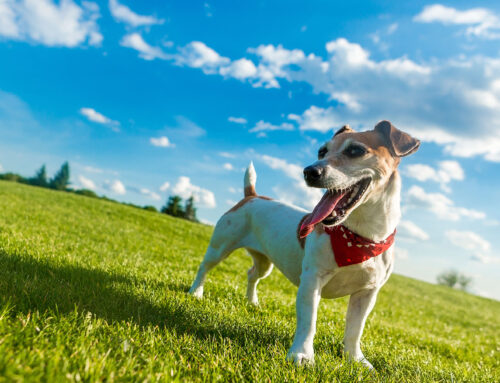Yes! Although there are exceptions to every rule, in general they do view children differently than adults, and here’s why…
Dogs like predictability and reliable actions and behaviors. It makes them feel safe and secure in their world. Children, however, are generally more unpredictable and often do not think before they act, responding as they feel in the moment.
Children can also be more energetic and exhibit fast and frequent movements of their bodies and hands. In a dogs’ world, lead dogs (and adults) are more relaxed and move in a more controlled manner. The high energy of a child may be fun for a dog to respond to by jumping, chasing or even grabbing with their mouth, but it’s not the behavior of a lead human or lead dog.
A third reason dogs can look at children differently, is that children show emotion more readily. They can go from sheer delight and giggles, to fits of crying in the blink of an eye.
So, why does this matter? Because many dogs will ignore children and their requests. Dogs follow leaders, and for a dog, leaders are not unpredictable, or highly energetic and emotional.
That means it is usually difficult for a child to be in charge of caring for and training the family dog. So mom and dad will likely be the ultimate caretakers. At a minimum when dogs and children are interacting adults may have to act as a “referee” between children and dogs playing. Two common scenarios you’ll want to intervene in as an adult are when a dog and child are becoming overly excited, or when a dog is trying to avoid a child’s attention.
In the case of both child and dog becoming overly excited, the dog may nip at or jump on the child. If you see this, you’ll want to step in to deescalate the excitement. Sometimes children need an adult to demonstrate appropriate play with the dog so that the interaction stays positive and focused. I have often used a ball or toy to teach children how to toss the toy for the dog to fetch. This comes in handy when you find a child who wants to engage with a dog, but doesn’t know how.
If a dog is trying to avoid a child’s attention, you’ll also want to intervene and defuse a potentially bad situation. Many times a dog will do things like backing away from, or going into other rooms to avoid a child who is fixed on petting, hugging or otherwise providing unwanted attention. If unchecked, a dog may ultimately growl at or bite the child to try to escape. In this case you should step in as an advocate for both the child and the dog.
So, yes, dogs do view children differently than adults, and that means you need to keep an eye on their interactions. Dogs and children are wonderful together, and we as adults can help keep their interactions safe and fun!
In my next blog, we’ll talk about identifying specific signs your dog is becoming overly excited, or is trying to avoid interaction with a child.
Lesley is a professional member of the International Association of Dog Trainers and has for over 10 years and dog trainer for 16. She has a website called Kids-n-K9s and writes posts for parents to get help when it comes to kids and dogs.

